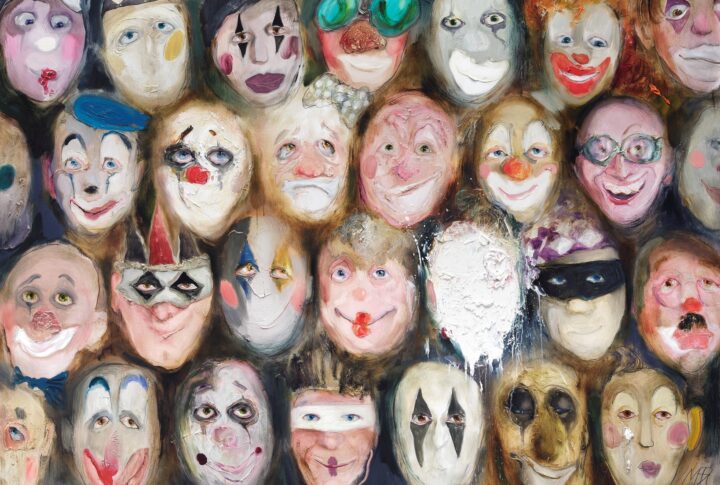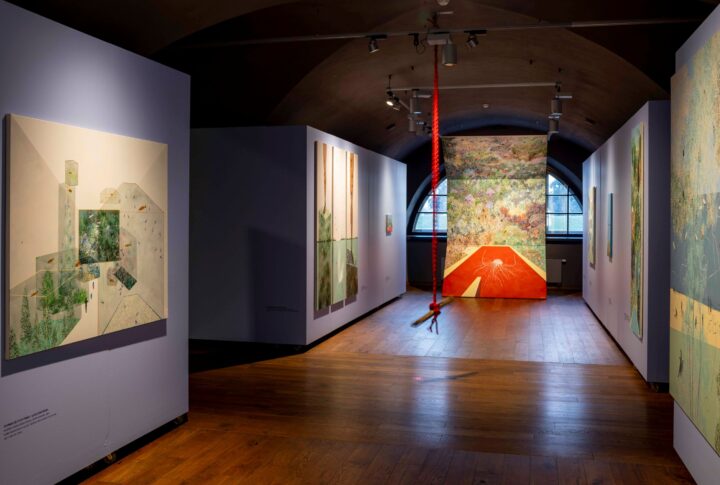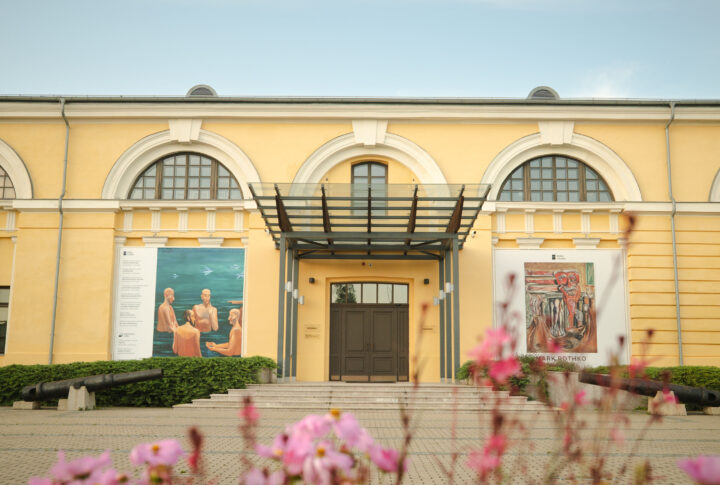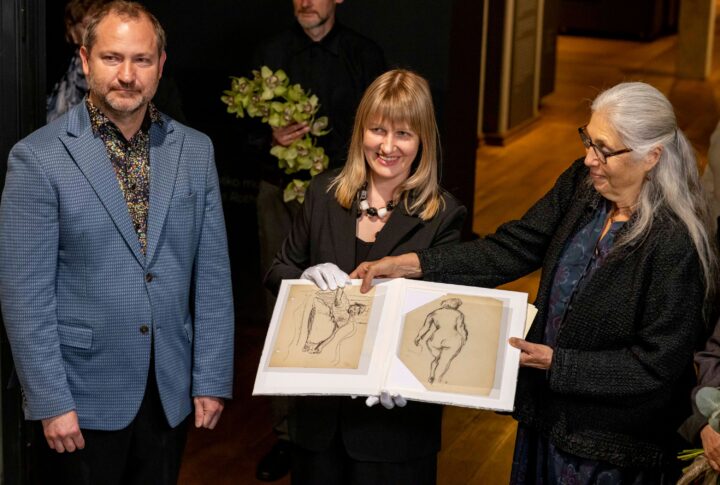ORIENTAL ELEGANCE
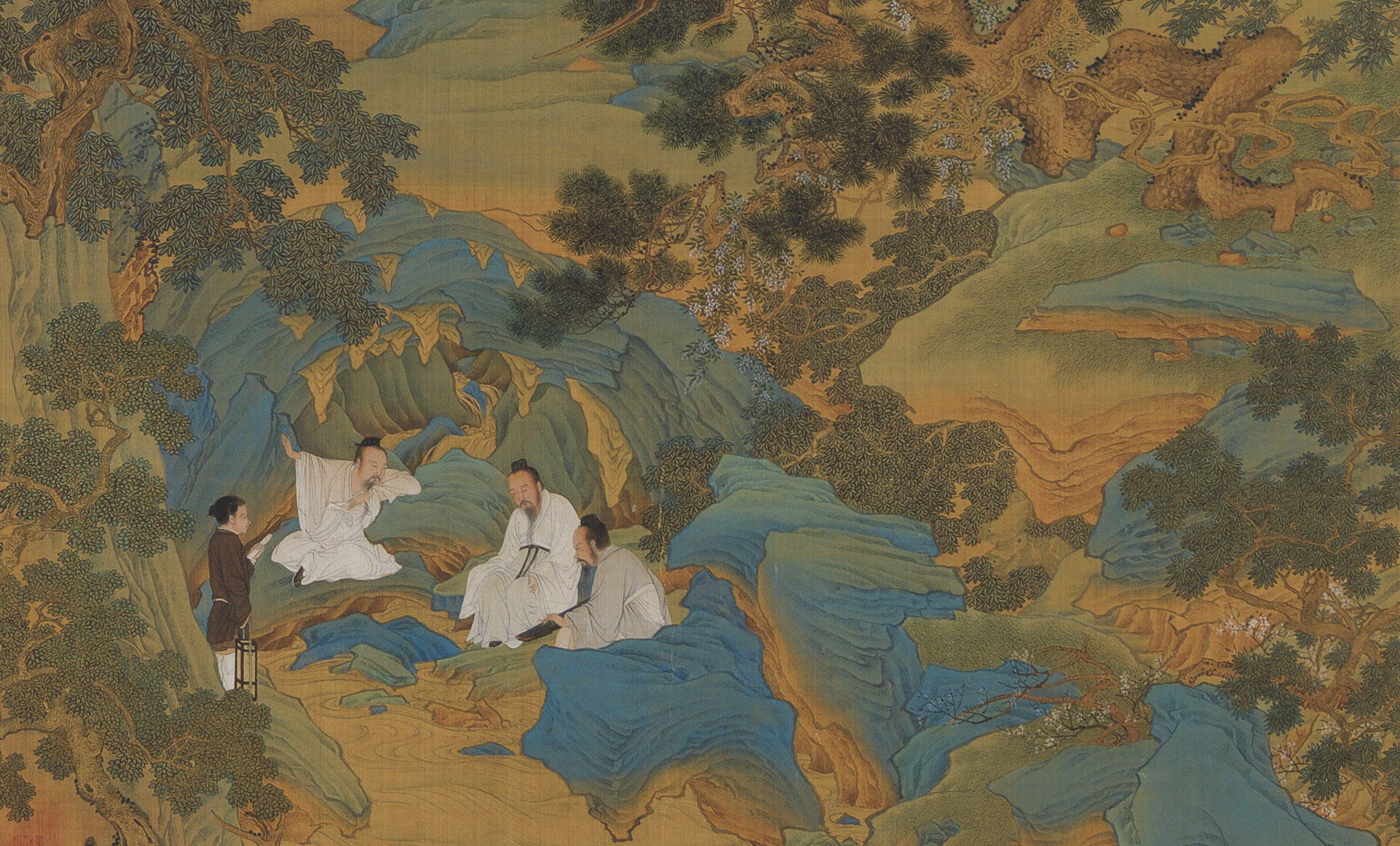
Chinese Traditional Art
“Oriental Elegance: Chinese Traditional Art” features select artworks from the Tianjin Museum Collection.
Tianjin is located at a latitude of 38° 34′ to 40° 15′ North and a longitude of 116° 43′ to 118° 4′ East, in the eastern eight of the international time zones. Lying in the northeast of the North China Plain, downstream of the Haihe River Basin, bordering the Bohai Sea in the east and the Yanshan Mountains in the north, the city covers a total land area of 11,917 square kilometres with a perimeter of 1,291 kilometres, of which the coastline is 153 kilometres.
Tianjin Museum is a comprehensive museum of history and art. Founded in 1918, it is one of the earliest museums established in China. Its collection includes relics of Chinese culture and historical documents from various dynasties. Tianjin Museum presents about 210,000 objects of ancient bronze, ceramics, Chinese calligraphy, paintings, jade, oracle bone script, currency, stamps, Dunhuang documents, local folk crafts, historical documents, and other collections.
In 2025, Tianjin Museum cooperated with the Rothko Museum to jointly launch “Oriental Elegance”, an exhibition of Chinese traditional art in Daugavpils, Latvia. The exhibition shows the unique charm of Chinese porcelain, painting, and calligraphy and sheds light on the local culture of Tianjin.
The exhibition has profound connections to Mark Rothko’s surreal output from a period when he was delving into the themes of roots and memories.
Without ever denying the specific character of the twentieth century, he went back to ancient, immemorial stories to tell the drama of the modern age. To him, the value of painting was that it could create a universality capable of crossing spatial and temporal frontiers. We are no more civilised, he believed, no less violent, and no wiser than our ancestors. The character of these works comes out also in the eclecticism of their allusions and sources of inspiration. Rothko’s surreal compositions using superimposed bands or strata, typical of these years, often refer to Syrian bas-reliefs, Greek vase decorations and Oriental motifs. All was grist to Rothko’s mill: birds, mythological beasts, heroes, gods from a variety of cultures.
“To say that ancient art is not of our time is to deny that art is timeless, and to deny that the art which speaks for the moment is no longer relevant as art once the moment has passed.” /Mark Rothko/
The exhibition is on view at the Rothko Museum from 30 May to 24 August 2025.
Curated by Zhao Xiaoyue and co-curator Farida Zaletilo.
Publicity image: Qiu Ying. “Immortal realm of the peach blossom land”. 175 x 66.7 cm (detail). 16th century.


